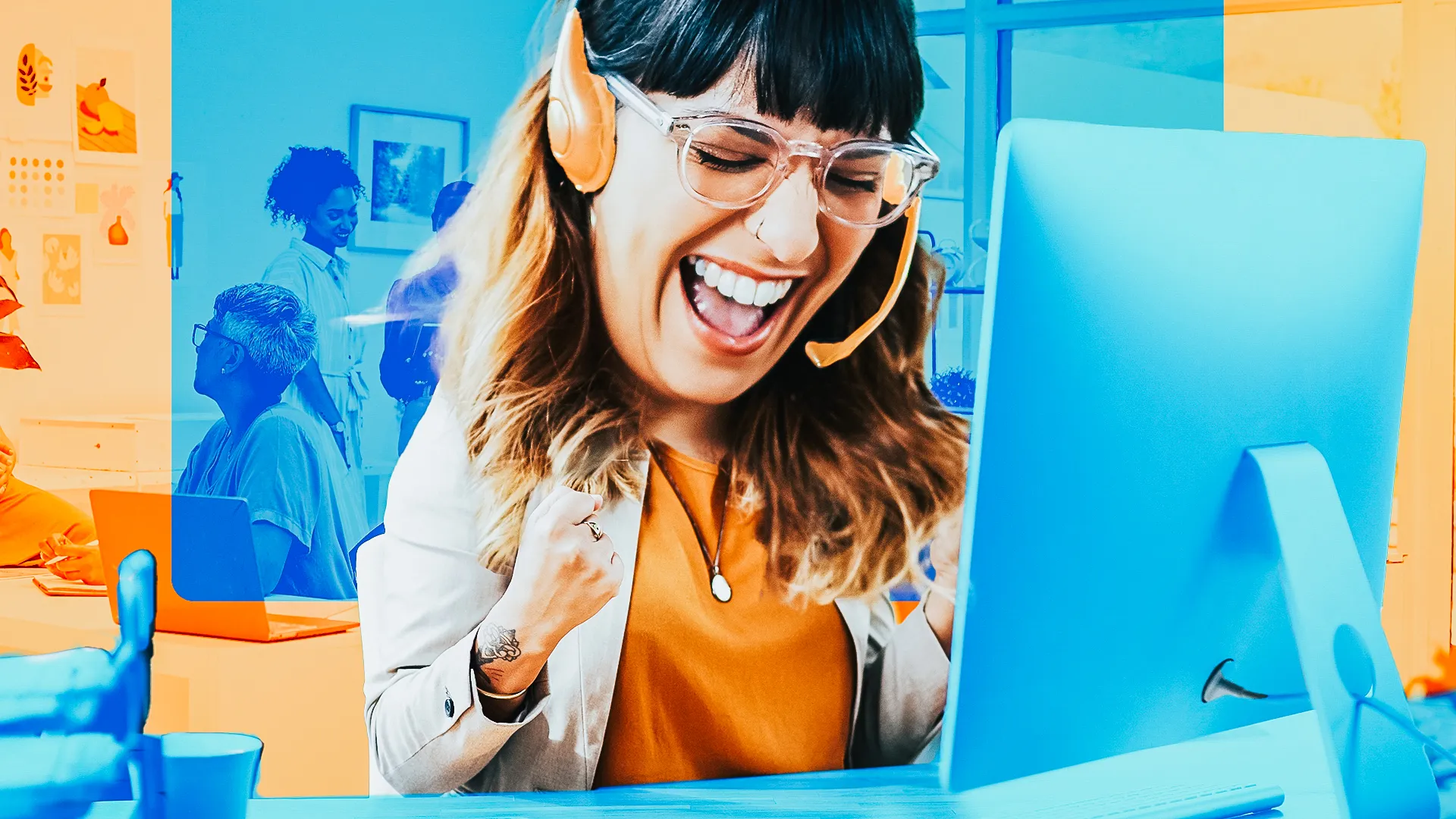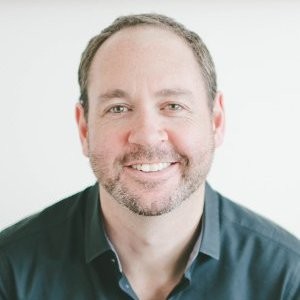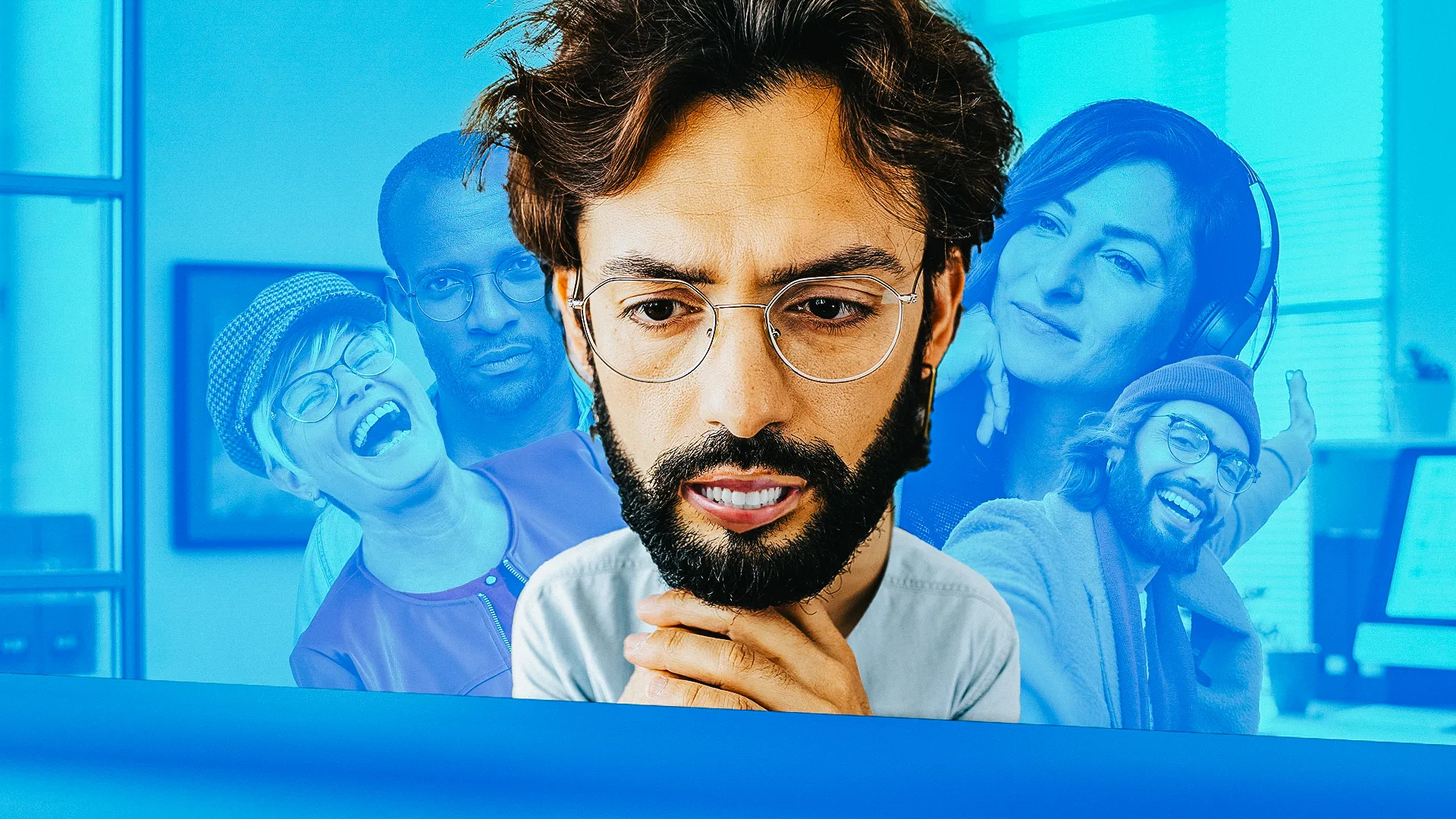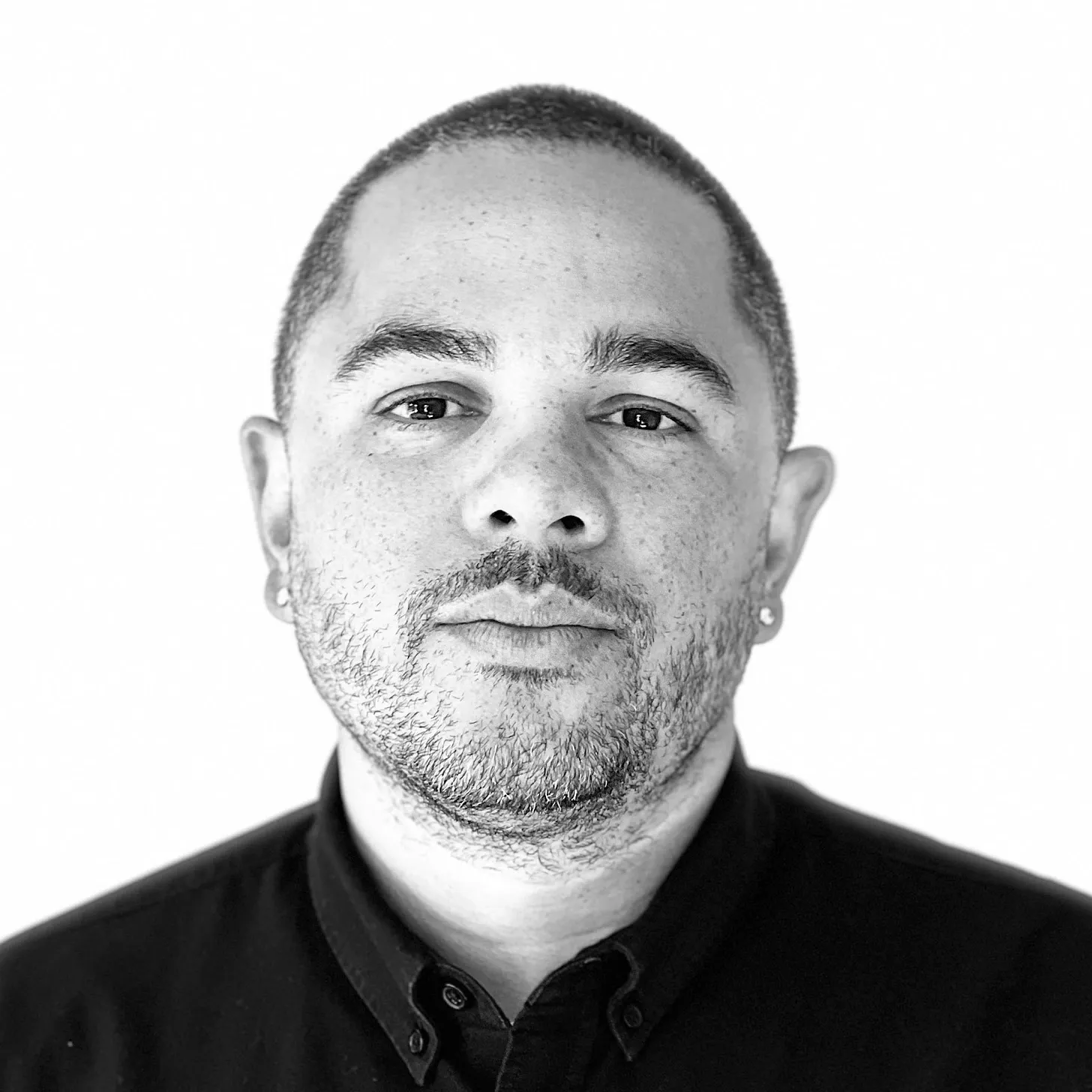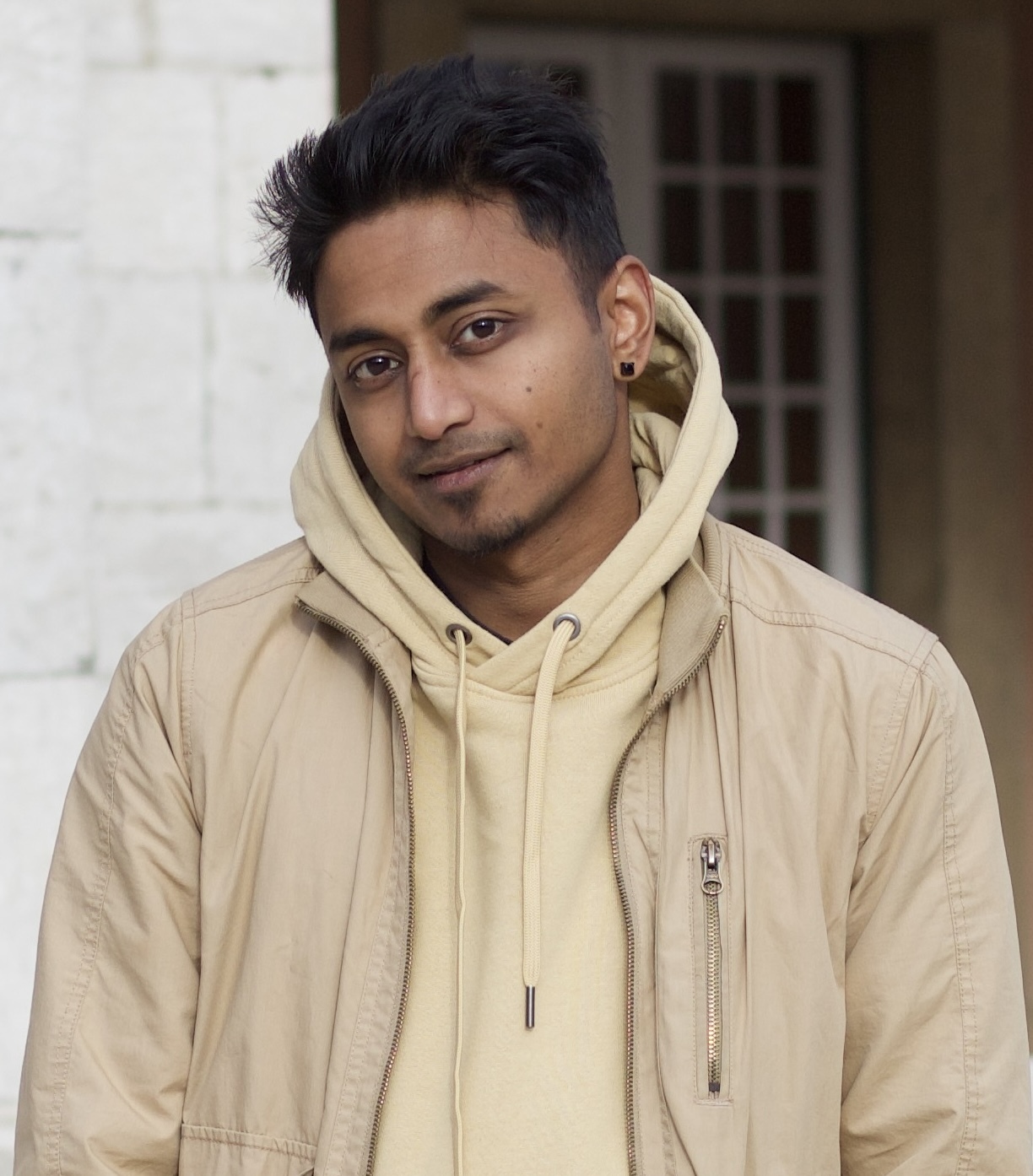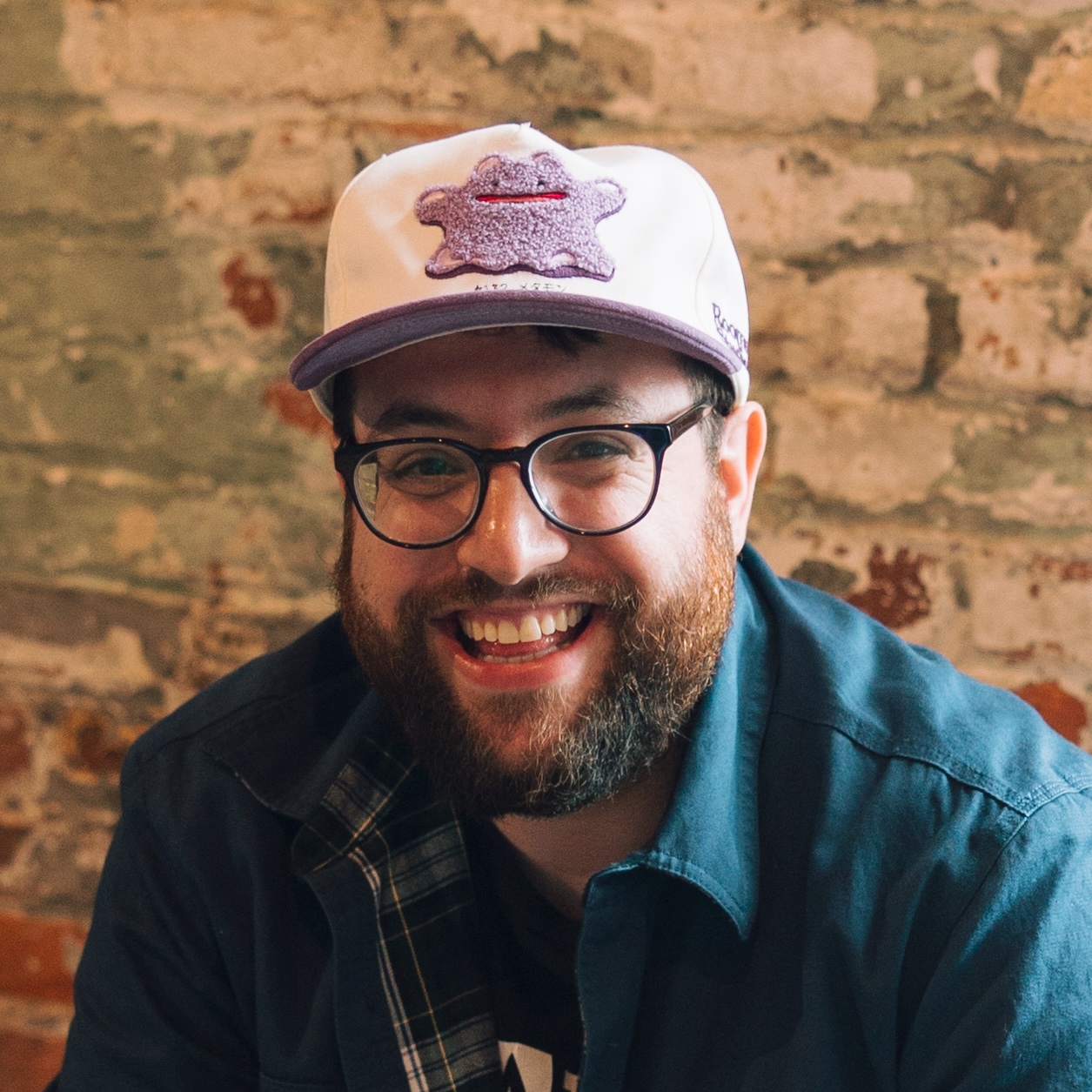What type of content do you primarily create?




The NeurIPS conference is like Woodstock for AI nerds: Twenty thousand people, exciting talks from top names, and big announcements, always.
From Ilya Sutskever's remarks that we're running out of training data to Yann LeCun's declaration that AI's future is open source, to Fei-Fei Li's discussion of the progression from visual to spatial intelligence (and her exciting new company, WorldLabs), the whole thing was a bit overwhelming.
But I was there for a smaller event: the inaugural Workshop on Creativity & Generative AI, where artists and technologists discussed collaboration, integrity, ownership, and artistic choice.
Here are the key things I learned about creativity and AI at NeurIPS.
The creators in moviemaking are taking control of AI
Think of the industry that AI is poised to reshape the most. Did you say entertainment? Maybe you did. If so, you'll be interested in Jillian Arnold's thoughts about AI in Hollywood.
Arnold is a recording and workflow engineer for live TV events like the Emmys, VMAs, and Oscars. In the first invited talk, she discussed how the people working behind the scenes making movies magical, like her, are thinking about AI and how it might affect their jobs in the future. She should know—she's also president of Local 695 and chair of the International Alliance of Theatrical Stage Employees (IATSE) AI negotiations subcommittee, which represents over 168,000 technicians, artisans, and craftspersons in the entertainment industry in Canada and the United States.
At the heart of Hollywood's magic lies its intensely collaborative, gig-based nature, where countless craftspeople contribute to a shared vision. As it is now, the studio typically owns the copyright for the created product. And so, mixing AI into this ecosystem generates several dilemmas in terms of IP and skills.
Since the copyright question for AI-generated content is still up in the air, it could be a "no-go" for studios wanting to make sure they retain the value of the IP.
However, for the collaborators in the group, AI has the potential to really reshape their work. Arnold said that the union is focusing on how they can own the AI-assisted processes that used to be manual, treating it like a new tool in their toolkit. For many in the industry, the "prompt" that informs AI tools is becoming the focal point of creativity. Workers are also advocating for access to AI training to harness these tools effectively, aiming to use them to enhance, not replace, their work.
However, she warned that there could be a disconnect between decision-makers and on-the-ground talent—if leadership fails to understand the nuances of these roles, they could prematurely rely on AI, which could lead to the erosion of skilled labor in critical areas.
A few thoughts on this talk. First, I'm a huge advocate of learning how the new tools work and how to use them well, and I agree that the focus they've put on education and training to stay ahead of technological shifts is critical. Understanding AI tools allows artists and technicians to shape their use in ways that enhance rather than diminish the human element of creativity. Second, the disconnect between creative professionals and executives worries me. We need clearer communication with decision-makers to bridge knowledge gaps and safeguard the work of skilled professionals. Lastly, Jillian's insights remind us that machines can't replace the collaborative essence of creativity in film and TV. Telling human stories requires empathy, adaptability, and collaboration, and these skills are more crucial than ever in the age of AI.
Copyright is not enough to ensure creativity thrives alongside AI
The morning panel with experts A. Feder Cooper, Edward Lee, Ben Brooks, Jillian Arnold, and Kelly McKernan went beyond IP to explore art's role in society.
Copyright laws differ worldwide, creating a patchwork of protections that leaves artists vulnerable. Even when datasets exclude protected images, AI tools can still infer elements of IP-protected content—images of Mickey Mouse appear in tourist photos at Disneyland, for instance. The new field of "Machine Unlearning" addresses this by removing specific outputs rather than retraining entire systems.
Training AI on public domain content doesn't solve the core issues: creator displacement and compensation. With automation at unprecedented scale, artistic professions face fundamental shifts, especially in entry-level positions where skills traditionally develop.
Consumers shape demand through their choices. Our willingness to pay for human-made art and demand provenance will influence the creative ecosystem's future.
The ethics of training data have damaged livelihoods
One of the highlights was hearing Kelly McKernan's journey as an artist. A talented artist known for her evocative works, McKernan has become a prominent voice in the conversation about AI's impact on artists. As one of the plaintiffs in the landmark lawsuit against AI platforms like Midjourney and Stability AI, she speaks out against the unauthorized use of her work.
When she shared her art online in good faith, she never imagined her work would be scraped and used in AI training datasets without her consent. Discovering that over 50 of her pieces—nearly a third of her life's work—were included in the LAION dataset felt deeply invasive. AI-generated images mimicking her work now appear as top Google searches. Her painting "Artifact," a reaction to losing her livelihood, became a painful symbol of this violation.
She says it would have been different had she been consulted or compensated before her work was used to train generative AI systems. She speculates that she may have been able to use AI to better understand her personal symbology. The exploitation of artists' work could have been avoided with transparency and respect for their contributions.
McKernan's journey highlights the importance of experimentation and evolving through personal experiences. It's also a reminder that we're in a challenging spot with how creative work is used by companies creating generative AI. If we want more art in our society, we need to support the artists who are creating it.
AI systems need to give creators more choice to create true art
Science fiction author Ted Chiang's afternoon keynote challenged the relationship between AI and art. In his talk, "The incompatibilities between generative AI and art," Chiang argued that intentional choice is fundamental to creating art. Inspiration alone does not produce great art; it requires effort and deliberate choices. He said many AI tools now make important choices for you, making it difficult to create something extraordinary.
He advised against prioritizing speed in creative work. After all, he said, if we want to increase the number of marathon runners, it doesn't make sense to give everyone mopeds. The invention of the electric guitar didn't just allow people to play faster; its character created entirely new genres of music.
The keynote also touched on the role of context in art, which AI-generated works often lack. Chiang challenges whether AI can ever evoke true rapture, as much of art's value lies not in the object itself but in its context, effort, and intent.
However, Chiang echoed a concern heard throughout the day: executives and investors in creative industries might misunderstand AI's value and damage entire industries before understanding what AI can and cannot do.
Creativity and generative AI is here to stay
Although not officially affiliated with the conference, the Vancouver AI community hosted an event showcasing local creative projects: from generative Arabic calligraphy to video installations, soundscapes, poetry, dance, and indigenous language preservation.
It's clear there's something special about the intersection of creativity and generative AI. As NeurIPS 2024 demonstrated, creativity and AI are converging in ways that challenge us to think differently, collaborate deeply, and create boldly.
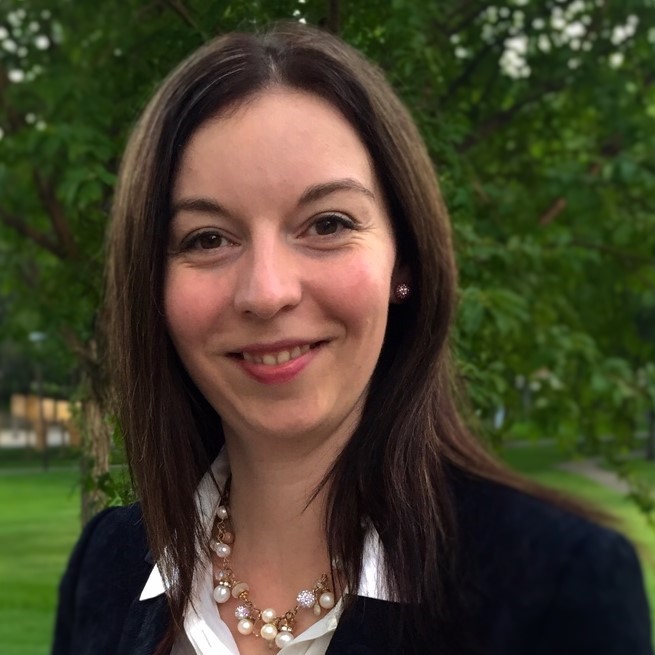















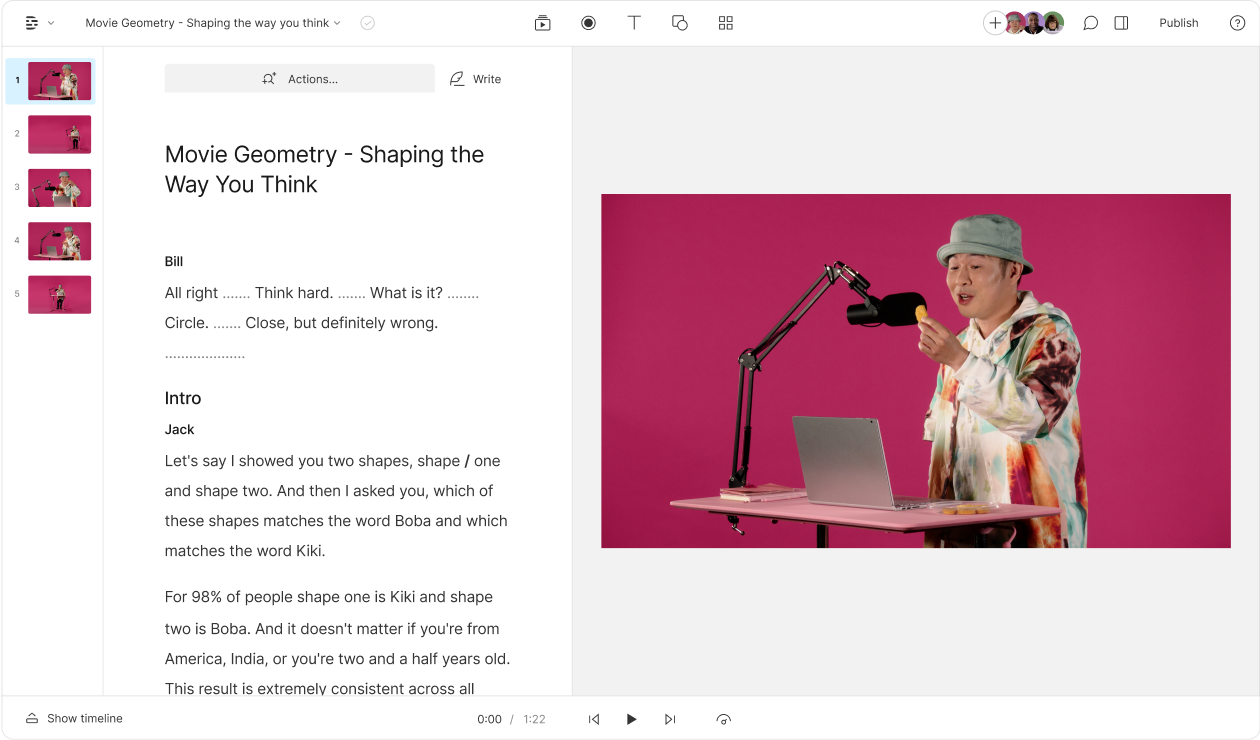









%201.svg)





